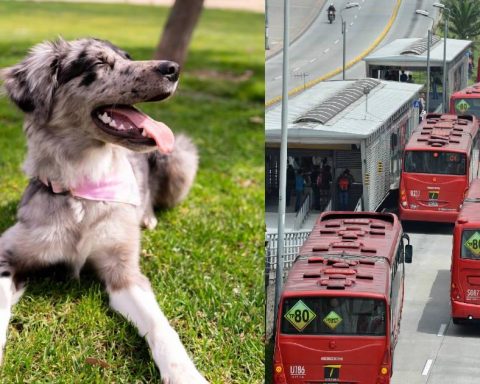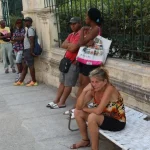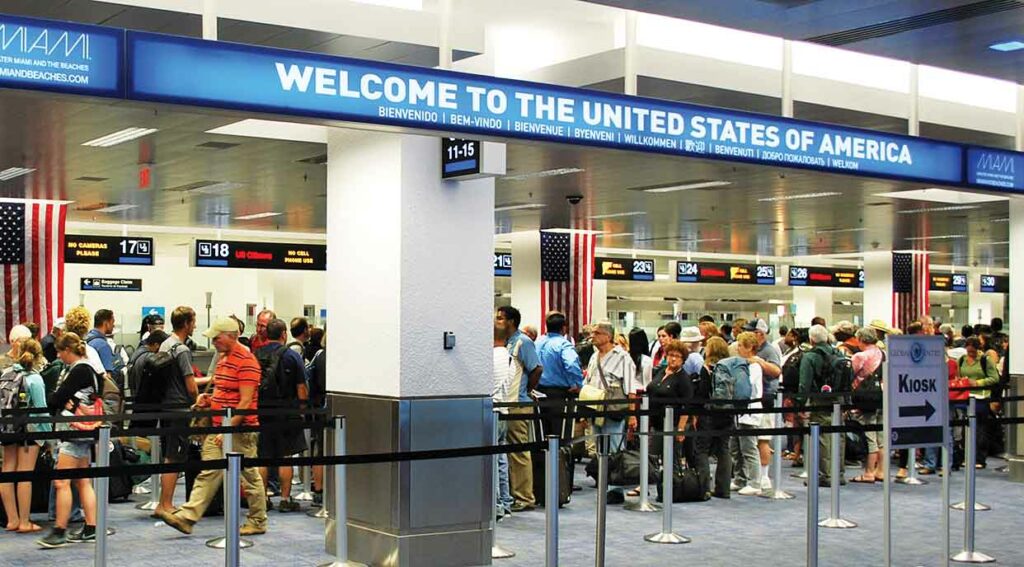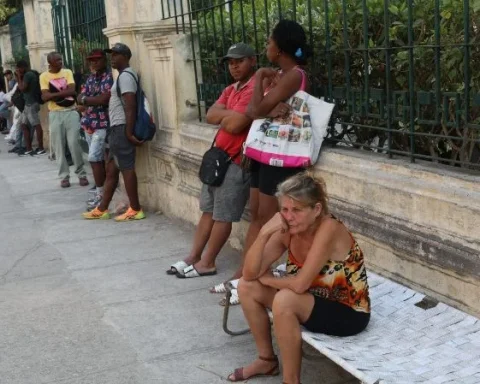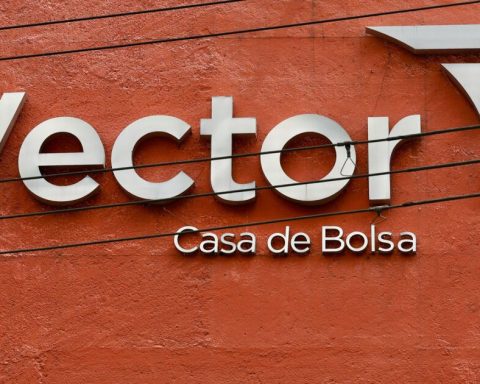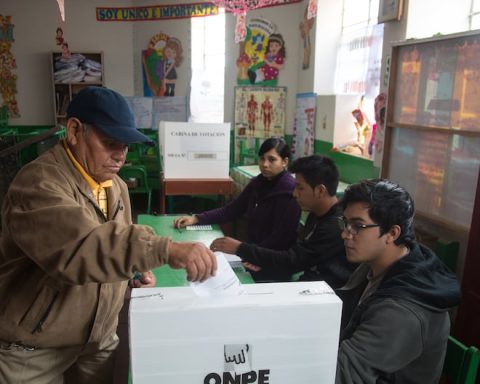
Since the Ministry of Transportation froze the price of toll rates on January 15, the infrastructure concessions raised alarms in the event of a possible financial detriment to which they would be subjected if they did not receive these resources.
(Will toll rates in Colombia be consistent with the state of the roads?).
And although the Government calmed the waters at the time, committing to compensate this money through the budget addition of the portfolio, to date these resources ($800,000 million) are not contemplated in the bill that is already under debate. .
For 2023, in the General Budget of the Nation (PGN), $14.8 trillion resources were allocated for the Transportation sector, and with the addition project a net modification of an additional $1.3 trillion was made, for a total of $16 ,1 trillion.
The bill establishes that those $1.3 trillion will be used “for the construction, rehabilitation, expansion, improvement and maintenance of roads, especially community roads of total peace, and of the regional airport infrastructure, as well as the recovery of the railway network and improve the navigability conditions of the Magdalena River”.
(The reasons for electronic tolls to advance to half gear).
For this, $650,000 million will be distributed as investment resources for the National Institute of Roads (Invías), $336,000 million for Aerocivil and $266,000 million for the National Infrastructure Agency (ANI) and for operation $48,000 million for the Ministry of Transportation.
However, It is not mentioned that any of this money will go to pay the shortfall that the toll concessions will have this year and in 2024.
Sources from the Ministry of Finance confirmed to Portafolio that there is officially no data in this regard and it is one of the issues to be reviewed in the debates.
This situation, which has been increasing concern in the infrastructure sector, and which has led various actors from Public Private Partnerships (PPPs) to demand a prompt and accurate response as to where the resources that they have failed to receive will come from, and that they are assuming at this moment out of pocket, also alerts them since they compromise the financial model of the initiatives.
“Naturally it is a serious impact on the cash flows of the concessionaires, who in order to comply with their contractual obligations must resort to credit or capitalization, aggravating and further increasing the damages borne by the State. Even, this circumstance could hinder the financial closings of the projects in progress and the financial structuring of new ones”acknowledges Álvaro Mantilla, a partner at the firm Arrieta Mantilla y Asociados.
In addition, the concessions work hand in hand with the tolls, since it is the way to recover part or all of the investment, which is being affected by this new model.
(There is a possibility of lawsuits for freezing the price of some tolls).
“In the contracts it is foreseen that the recovery of the investments will be made during the next 25 years after the project enters into operation. Of the $100 billion that private concessionaires have invested in Colombian highways, close to 70% will be recovered with the collection of tolls, and the remaining 30% will be paid by the State through future terms.” explains in an article from the EIA University the engineer Germán Ignacio Vélez, from the civil engineering program.
For this, the Government has until April 15 (three months from the signing of the decree) to inform the concessionaires where the resources for this compensation will come from.
Every year, the concessions had the annual readjustment that is established in the contracts to cover many of their expenses, now with this change they are beginning to see the serious effects of not having done so, especially since the inputs for their works have increased even more than the same inflation.
“This imbalance in the concessioned projects, which are currently in the construction stage, has a very important impact on their execution, since being conceived under the project finance model, the sources would tend to be insufficient to cover the uses”says a director of a highway concession.
In addition, since the decision to freeze tolls until 2024 is in force (according to the decree), Vélez calculates that the application of the decree will cost the State close to $3.6 trillion until December 31, 2024 and warns that, taking into account Since the increases in contracts accumulate the CPI, to compensate for three-year inflation, in 2025 the rise would be 35%.
“Plus the real increase in contracts where works have been executed, would leave this value at almost 50%,” added.
In turn, sources from another concession emphasize that, if the rate structure provided for in the financial models is not restored, as established by Decree 050 of 2023, and if the imbalance is not compensated, a deficit would be generated in which for 25 years (average time remaining for concession contracts), for every $100,000 million in current collection, close to $500,000 million in future would not be received.
Portafolio learned that, since the Government decided to freeze tolls, the Colombian Chamber of Infrastructure (CCI), contracted a study with Fedesarrollo, to take stock of the PPP model and its development in the country.
The analysis, carried out by the expert Juan Benavides, touches not only this sensitive issue of tolls as the backbone of the financial model, but also the need to have clarity in the rules, among other issues.
The disclosure of the document will take place on April 18, at a meeting chaired by Juan Martín Caicedo, president of the association, and Luis Fernando Mejía, director of Fedesarrollo.
PAULA GALEANO BALAGUERA
